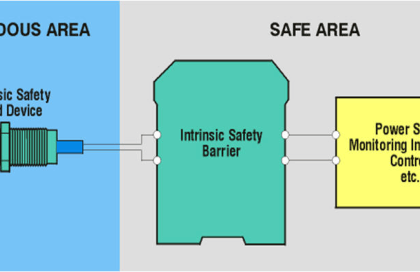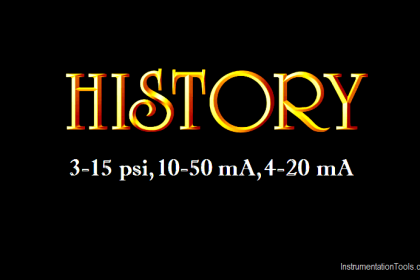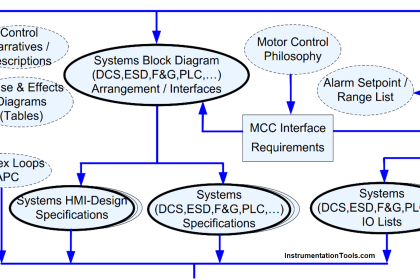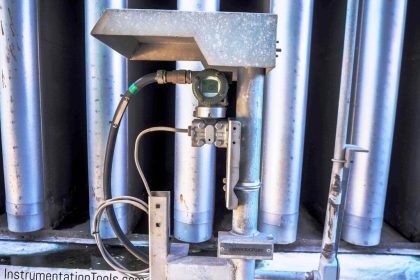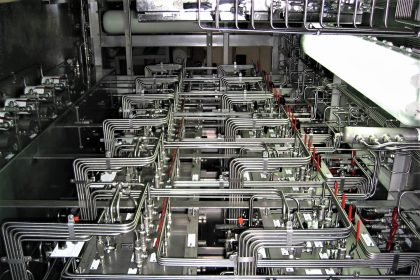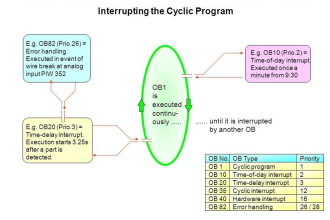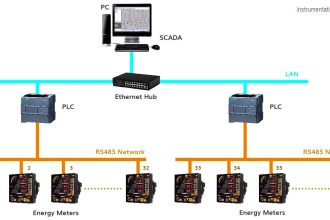The cable is a physical media, through which an analog and digital data transfer take place.
While selecting the cable, a type of data transfer, purpose, advantages, and disadvantages taken into consideration.
Types of Cables
Cables are classified as
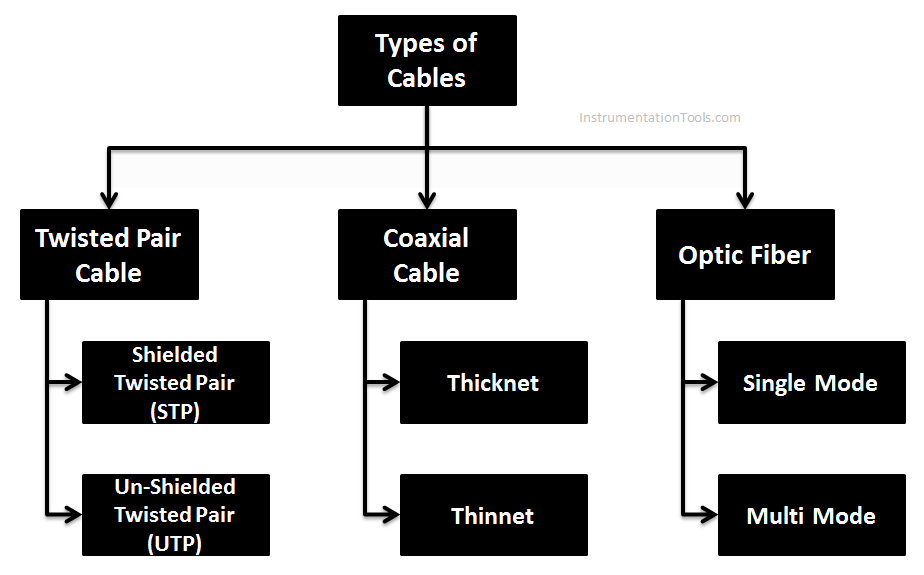
Twisted pair cables consist of color-coded pairs of insulated copper wires, one wire carries the signal, and the other is used for ground reference. Every two wires are twisted around each other to form pairs that are encased in a plastic sheath each wire with a diameter of 0.4 mm to 0.8 mm.
The number of pairs varies depending on the cable type. More twists per foot in a pair of wires, less the cross talk.
The significance of twisting is it reduces or nullifies the interference such as noise or cross talk caused due to radiofrequency of electromagnetic interference.
By twisting the wires, the effect of noise or disturbance is the same on both wires. Since the receiver takes only the difference between the two wires the effective noise is canceled.
Twisted pair cables are two types.
- Shielded Twisted cable (STP)
- Unshielded Twisted pair cable (UTP).
Shielded Twisted Pair cable (STP)
As the name implies, Shielded twisted pair cable adds a conductive layer (typically a metal foil or a mesh) surrounding either each pair or entire cable.
Purpose
Shield on twisted pair allows a higher transmission rate.
Advantages
- Easy installation.
- It has a higher capacity as compared to UTP cable.
- It is shielded that provides a higher data transmission rate.
Disadvantages
- Cables are bigger in diameter more expensive compared to UTP or coaxial cable.
Applications
- Used as instrumentation cable in industrial applications.
- Used in harsh cold and hot environments.
- Research applications.

Un Shielded Twisted Pair cable (UTP)
Unshielded twisted pair cable uses no additional shielding like mesh or aluminum foil which adds bulk are used.
There are different types of unshielded twisted pair cable, all support different bandwidths.
Category 1: Is used for a telephone line that has a low-speed data rate.
Category 2: It can support up to 4 Mbps.
Category 3: It can support up to 16 Mbps.
Category 4: It can support up to 20 Mbps.
Category 5: It can support up to 200 Mbps.
Purpose
Untwisted pair cable is used for voice, low speed, and high-speed data and audio support systems.
Advantages
- It is cheap compared to coaxial or optic fiber cable.
- Used in computer networking such as Ethernet for short to medium distances.
Disadvantages
- This cable can be used for shorter distances because of the signal attenuation.
Applications
- Used in LAN.
Coaxial Cable
Coaxial cables are also called coax (short form).
Coaxial cable is a type of cable with multiple layers.
Coaxial cables have an inner conductor is called the core, which carries the radio frequency signal. The core wire may be a single solid conductor or multi strands of twisted cable. It is surrounded by a dielectric insulator.
The dielectric insulator separates the inner conductor and outer copper braided mesh. The dielectric insulator is covered by copper mesh (foil or braided conductor). The dielectric insulator may be polyethylene foam or PTFE which minimizes ohmic losses arising from contact with the conductors. Outer jacket is to protect the cable from environmental and mechanical damages. A common choice is PVC.

Both inner conductor and braided wire mesh conductor is in the cable share a common central axial, hence the term coaxial. Coaxial cables are rated in ohms for their impedance. Common impedances are 50 ohms, 75 ohms, 95 ohms.
There are many types of coaxial cable connectors.
Four are common. BNC, SMA, N, F types. Coaxial cables are categorized based on the type of signal transmission. One is Baseband and the other is Broadband cable.
Baseband cable
It is a 50 ohms resistance cable that is capable of digital transmission. Used in short distances for optimum performance.
Broadband cable
It is a 75 ohms resistance cable used for analog data transmission. It is used up to 100 km.
Based on Radio Gauge (RG) standards, there are two types of Coaxial cables:
Thicknet and Thinnet
Thicknet: RG 8, RG 9, RG 11 coaxial cable is also known as Thick Ethernet or 10Base5 systems. 10 means, it is 10 Mbps speed and 5 refers to 500 meters distance between nodes or repeaters. Where Base indicates that the transmission type is a “Baseband transmission”
Thicknet cabling uses heavier gauge coaxial cable than Thinnet.
Thinnet: RG 58 Coaxial cable is used 10Base2 systems. 10 means 10mbps speed and 2 refers to 200 meters distance between nodes or repeaters.
Advantages
- Coaxial cable is useful for both analog and digital data transmission.
- It has a higher bandwidth, so it supports a mixed range of services.
- Relatively less expensive compare to fiber optic cable.
Disadvantages
- The number of node connections is limited.
- Prone to damage due to lightning strikes.
Applications
- Broadband internet, high-speed computer data buses, cable TV, Ethernet.
Optical Fiber Cable
It also is known as fiber optic cable consists of strands of one or more fibers inside the casing and its assembly is similar to electrical cable.
Optical fiber has three parts
Core
It is the inner layer is called the core, with refractive index n1. Light is guided in this part. The core will have a higher refractive index than cladding.
Cladding
which surrounds the core, with refractive index n2. Whose refractive index is less than the core? The purpose of cladding is to keep the light reflections in core instead of being reflections.
Casing
Which is an outer layer for protecting the cable from damages.
There are two types of optical fibers, glass, and plastic. Plastic fiber is used for short communication. Optical fiber transfers data at the speed of light in the glass.
Optical fiber cable uses light pulses instead of electrical pulses to transmit data. The potential hazard of Infrared red light used in telecommunications cannot be seen by the naked eye.
Optical fiber cable comes in single-mode or multimode connections.
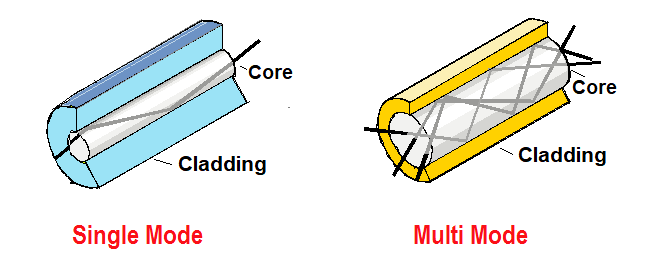
Single Mode
The single-mode allows only one mode of light to transmit at a time through the core, which makes for higher bandwidth.
Single-mode fiber optic, the number of light reflections in the core is less resulting in low attenuation and allowing data to travel further, faster. Single-mode provides the lowest losses in communication.
Multi-Mode
Multimode connections have a larger core diameter. It allows multiple wavelengths of light transmitted in multiple paths at once.
Multimode connections are used over shorter distances as signal attenuation will be more, the data transfer rate is slow as a number of reflections in the core are more.
Advantages
- Extremely high bandwidth and speed.
- Impervious to electromagnetic interference.
- Several kilometers of optical fiber cable can be made cheaper than the equivalent length of copper cable.
- Optical fibers usually have a longer life cycle for more than 100 years.
- The loss of signal in fiber optic cable is very less than that in copper wire.
- The smaller size and lightweight than a comparable copper wire cable.
- Less weight can be bundled together.
- Optical fiber is thinner and can be drawn to smaller diameters than copper wire.
Disadvantages
- More unsafe than damage compared to copper wires.
- Should not twist or bend fiber optic cables too tightly. Follow specification for cable bend radius.
Applications
- Used in Telephone signals, internet communication, cable television.
Source: Data Communication and computer networks by ISRD group, a McGraw-Hill edition.
Read Next:
- Transmitter Specifications
- Compare Fieldbus & 4-20mA
- What is Cable Schedule?
- Reduce Noise Signals
- Fiber Optic Cable Testing

